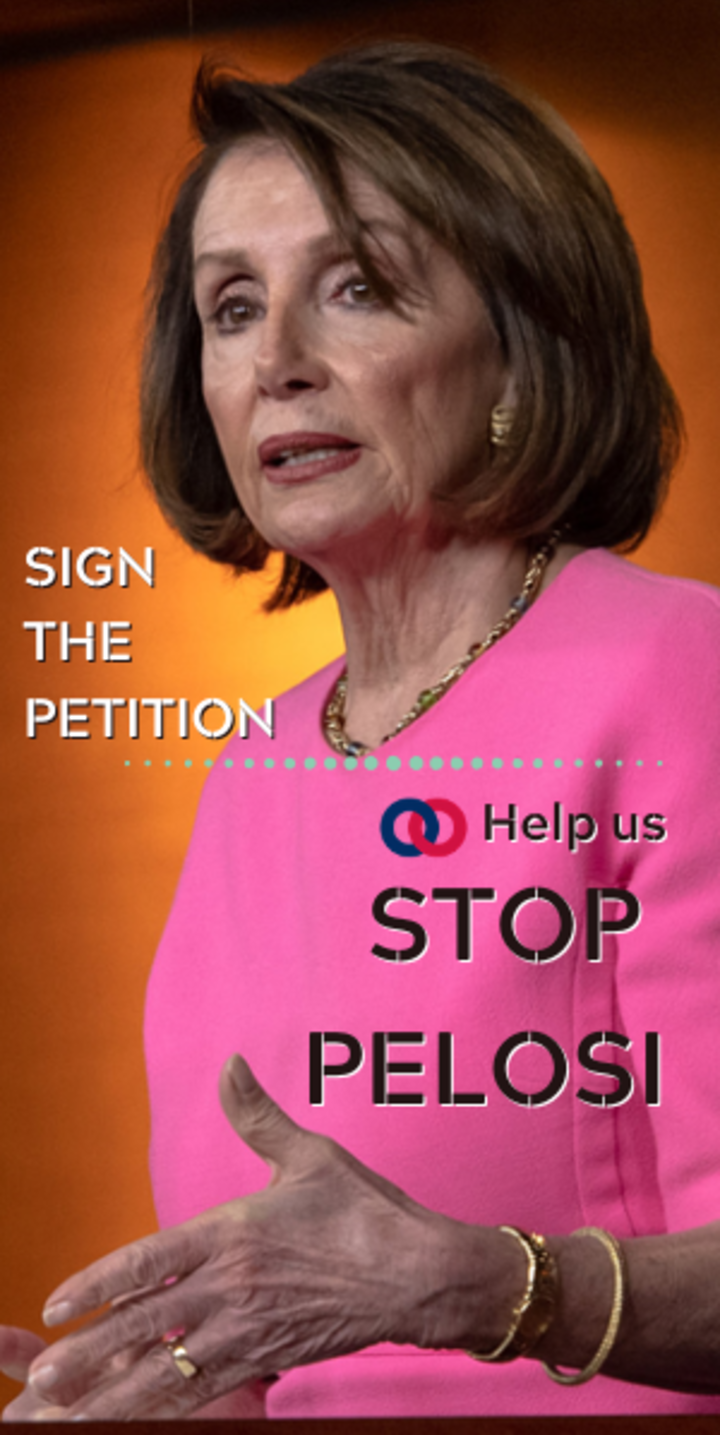Ryan Anderson, William E. Simon Fellow at Heritage and co-author of What Is Marriage?: Man and Woman: A Defense, provides enlightening insight about the four key marital norms: the sexual complementarity, monogamy, exclusivity, and permanence of marriage, and what happens when they are abandoned.
...No-fault divorce was the first major trend to undermine a strong marriage culture. Now the effort to redefine marriage away from male-female complementarity has gone even further in abandoning the central characteristics of the institution. But if the law redefines marriage to say the male-female aspect is arbitrary, what principle will be left to retain monogamy, sexual exclusivity, or the expectation of permanency?[2] Such developments will have high social costs.
Ideas and behaviors have consequences. The breakdown of the marriage culture since the 1960s made it possible in this generation to consider redefining marriage in the law to exclude sexual complementarity. And that redefinition may lead to further redefinition.
Indeed, these new concepts make marriage primarily about adult desire, with marriage understood primarily as an intense emotional relationship between (or among) consenting adults. This revisionism comes with significant social costs.
Redefining marriage to say that men and women are interchangeable, that “monogamish” relationships work just as well as monogamous relationships, that “throuples” are the same as couples, and that “wedlease” is preferable to wedlock will only lead to more broken homes, more broken hearts, and more intrusive government. Americans should reject such revisionism and work to restore the essentials that make marriage so important for societal welfare: sexual complementarity, monogamy, exclusivity, and permanency.






